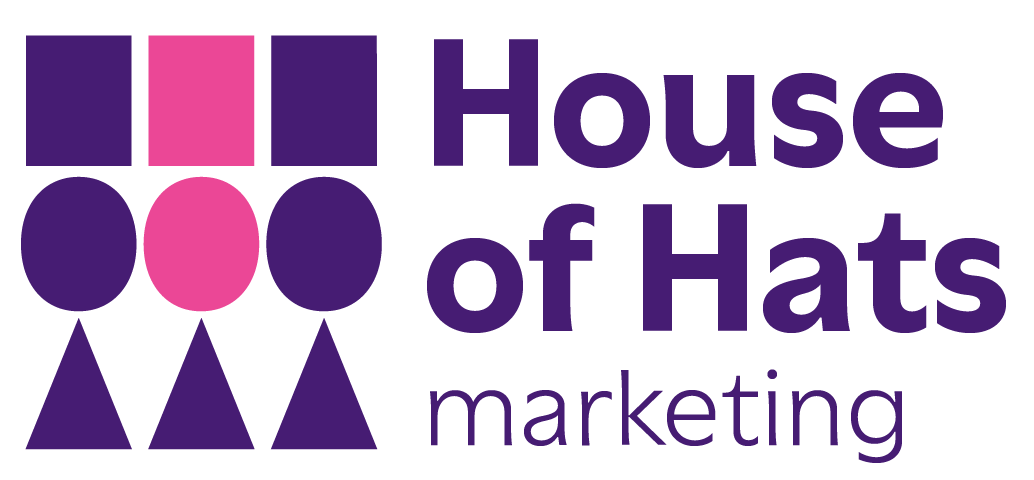Picture this: You’re hosting an open house. You’ve got fresh coffee brewing, student ambassadors ready, and the corridors and classrooms are looking better than ever… but you forgot to put up the signs – or prop open the front door…
Families show up, but they’re not quite sure they’re in the right place. There’s no welcome table, no clear direction, and no one there to say, “We’re so glad you’re here.”
That’s what it feels like when your school’s website isn’t pulling its weight.
For most prospective families, your website is the open house. It’s where they get their first glimpse of your school’s heart, values, and personality. And let’s face it—first impressions are fast and unforgiving, especially online. If your site feels confusing, outdated, or just plain “meh,” families may bounce before you ever get a chance to show them what makes your community extraordinary.
So, how do you make sure your digital welcome table is front and center?
Here are the five must-haves every independent school website needs to roll out the welcome mat—and turn curiosity into commitment.
1. Messaging That Actually Says Something
If your homepage sounds like it could belong to any other school with just a different logo… it’s time to revisit your messaging.
- Lead with your value proposition – What makes your school unmistakably you? What’s the “so what” families are looking for? Don’t just list programs—tell a story that sparks connection.
- Show, don’t tell – Tell me about the 4th grade letter-writing campaign that changed school lunch policy. Let me meet the student who came out of their shell on stage. That’s the stuff that makes your school memorable.
- Write like a human – Skip the jargon. Talk like you would to a parent at an open house: warm, clear, and real.
2. Mobile-Friendliness Is Not Optional
Parents are checking you out from the carpool line, their couch, or a kid’s soccer practice. If your site isn’t easy to navigate on mobile, you’re turning families away without even knowing it.
- Responsive design across all devices
- Quick load times (no one has patience for the spinning wheel)
- Clear navigation that helps families find what they need in two taps or less
Think of it this way: your website should be the opposite of trying to assemble IKEA furniture without the manual. Intuitive is everything.
3. Admissions Info That Doesn’t Make People Guess
Let’s be honest: families don’t just want to be “informed.” They want to be invited.
- Every page should include a clear next step – “Schedule a tour.” “Join our info session.” “Apply now.” Don’t make them hunt for it. Make it easy to say yes.
- Offer self-service tools – Let them book a tour or info call without sending 12 emails back and forth. The easier you make it, the more likely they are to follow through.
- Talk about tuition clearly – Avoid sticker shock. Speak to value, explain financial aid pathways, and help families understand how to take the next step if affordability is a concern.
4. Visuals That Invite, Not Just Inform
Words matter. But visuals? They make people feel something. If your photos scream “stock photography” or your videos are from 2014 (or worse still, are from the pandemic!), it’s time for a refresh.
- Use real images of your community – not perfect, polished models. Parents want to see kids laughing in classrooms, not posing with clipboards.
- Short, authentic videos go a long way – Think student-narrated walk-throughs, class projects, and performances. Keep it real, keep it warm, keep it short.
- Fresh content = fresh attention – Update your blog, feature “day-in-the-life” stories, and give families a reason to come back.
5. Don’t Forget the Google Gods
Even the best-designed site won’t matter if no one finds it.
- Use search-friendly keywords – like “independent elementary school in [your city]” in meta titles and content.
- Keep your Google Business profile updated – Make it easy for families to find your hours, phone number, and reviews at a glance.
- Update your site often – New blog posts, events, or announcements signal to search engines—and families—that you’re active and relevant.
The Hat Trick: 3 Key Takeaways
Make It Personal
Be clear, warm, and unmistakably you.
Make It Easy
Mobile-first, parent-friendly navigation.
Make It Count
Turn visits into inquiries with strategic calls to action.
Bottom line?
Your website shouldn’t just exist—it should welcome, inspire, and invite. It’s not a digital brochure. It’s the handshake before the tour.
So go ahead—unlock the door, fluff the welcome mat, and show them why your school feels like home.




